Effects of different polycyclic aromatic hydrocarbons in the
advertisement
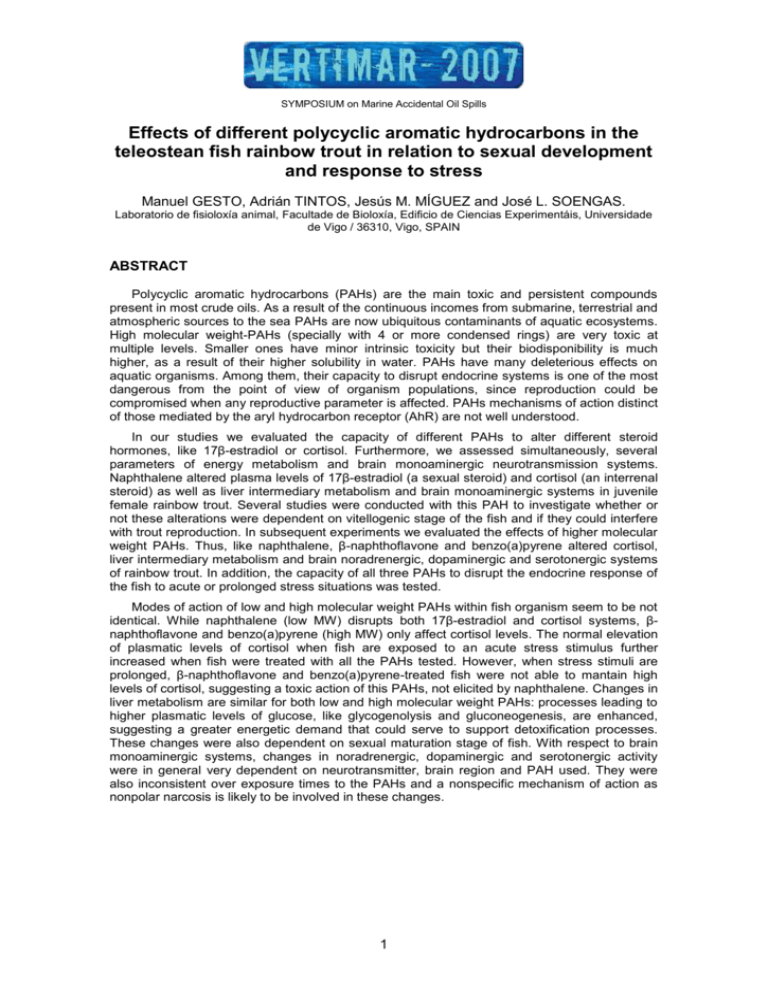
SYMPOSIUM on Marine Accidental Oil Spills Effects of different polycyclic aromatic hydrocarbons in the teleostean fish rainbow trout in relation to sexual development and response to stress Manuel GESTO, Adrián TINTOS, Jesús M. MÍGUEZ and José L. SOENGAS. Laboratorio de fisioloxía animal, Facultade de Bioloxía, Edificio de Ciencias Experimentáis, Universidade de Vigo / 36310, Vigo, SPAIN ABSTRACT Polycyclic aromatic hydrocarbons (PAHs) are the main toxic and persistent compounds present in most crude oils. As a result of the continuous incomes from submarine, terrestrial and atmospheric sources to the sea PAHs are now ubiquitous contaminants of aquatic ecosystems. High molecular weight-PAHs (specially with 4 or more condensed rings) are very toxic at multiple levels. Smaller ones have minor intrinsic toxicity but their biodisponibility is much higher, as a result of their higher solubility in water. PAHs have many deleterious effects on aquatic organisms. Among them, their capacity to disrupt endocrine systems is one of the most dangerous from the point of view of organism populations, since reproduction could be compromised when any reproductive parameter is affected. PAHs mechanisms of action distinct of those mediated by the aryl hydrocarbon receptor (AhR) are not well understood. In our studies we evaluated the capacity of different PAHs to alter different steroid hormones, like 17β-estradiol or cortisol. Furthermore, we assessed simultaneously, several parameters of energy metabolism and brain monoaminergic neurotransmission systems. Naphthalene altered plasma levels of 17β-estradiol (a sexual steroid) and cortisol (an interrenal steroid) as well as liver intermediary metabolism and brain monoaminergic systems in juvenile female rainbow trout. Several studies were conducted with this PAH to investigate whether or not these alterations were dependent on vitellogenic stage of the fish and if they could interfere with trout reproduction. In subsequent experiments we evaluated the effects of higher molecular weight PAHs. Thus, like naphthalene, β-naphthoflavone and benzo(a)pyrene altered cortisol, liver intermediary metabolism and brain noradrenergic, dopaminergic and serotonergic systems of rainbow trout. In addition, the capacity of all three PAHs to disrupt the endocrine response of the fish to acute or prolonged stress situations was tested. Modes of action of low and high molecular weight PAHs within fish organism seem to be not identical. While naphthalene (low MW) disrupts both 17β-estradiol and cortisol systems, βnaphthoflavone and benzo(a)pyrene (high MW) only affect cortisol levels. The normal elevation of plasmatic levels of cortisol when fish are exposed to an acute stress stimulus further increased when fish were treated with all the PAHs tested. However, when stress stimuli are prolonged, β-naphthoflavone and benzo(a)pyrene-treated fish were not able to mantain high levels of cortisol, suggesting a toxic action of this PAHs, not elicited by naphthalene. Changes in liver metabolism are similar for both low and high molecular weight PAHs: processes leading to higher plasmatic levels of glucose, like glycogenolysis and gluconeogenesis, are enhanced, suggesting a greater energetic demand that could serve to support detoxification processes. These changes were also dependent on sexual maturation stage of fish. With respect to brain monoaminergic systems, changes in noradrenergic, dopaminergic and serotonergic activity were in general very dependent on neurotransmitter, brain region and PAH used. They were also inconsistent over exposure times to the PAHs and a nonspecific mechanism of action as nonpolar narcosis is likely to be involved in these changes. 1


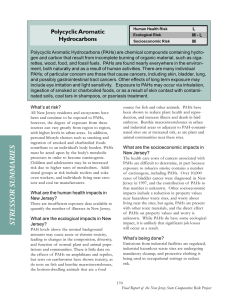
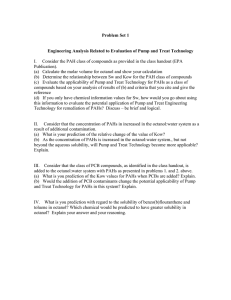
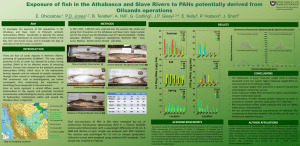


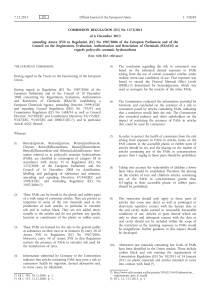
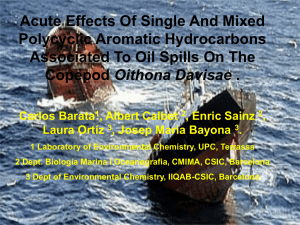
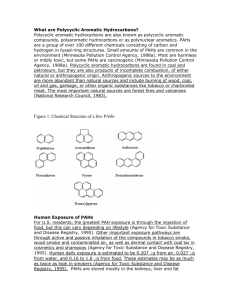
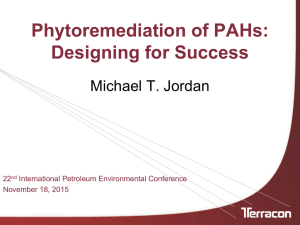
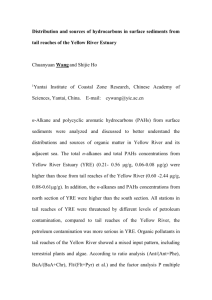
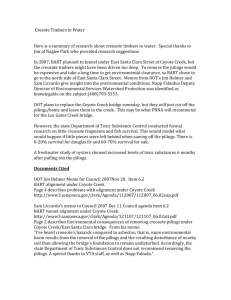
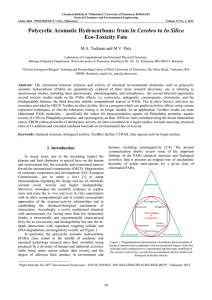
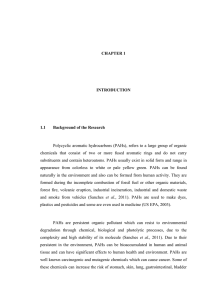
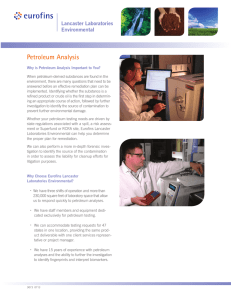
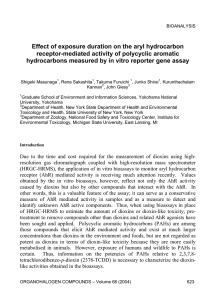
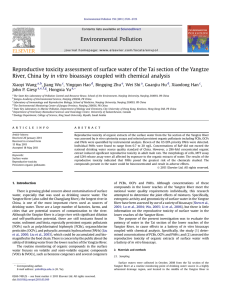
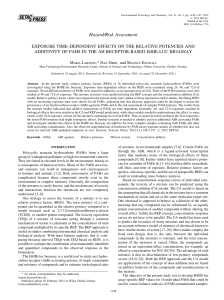
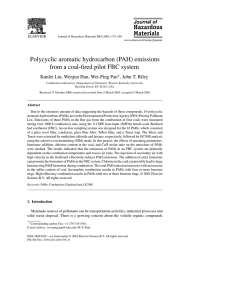
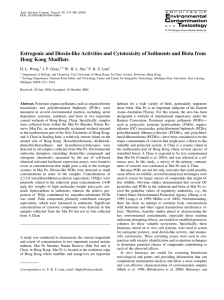
![This article was downloaded by: [Shanghai Jiaotong University]](http://s2.studylib.net/store/data/012071284_1-38d85cc26d775e02aa0f062fc1424b6a-300x300.png)